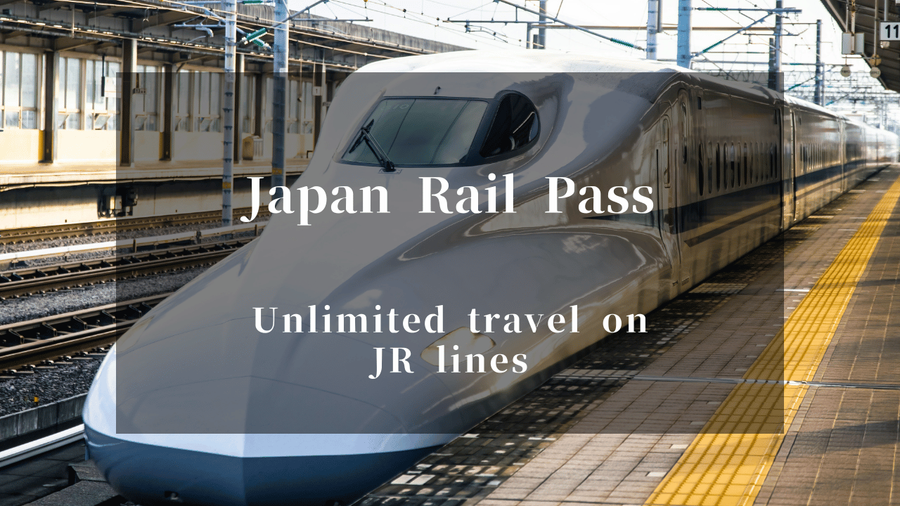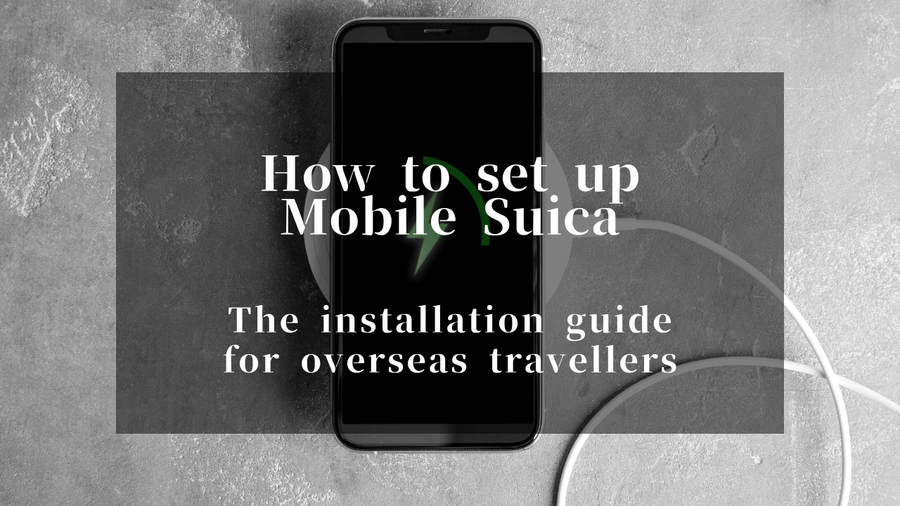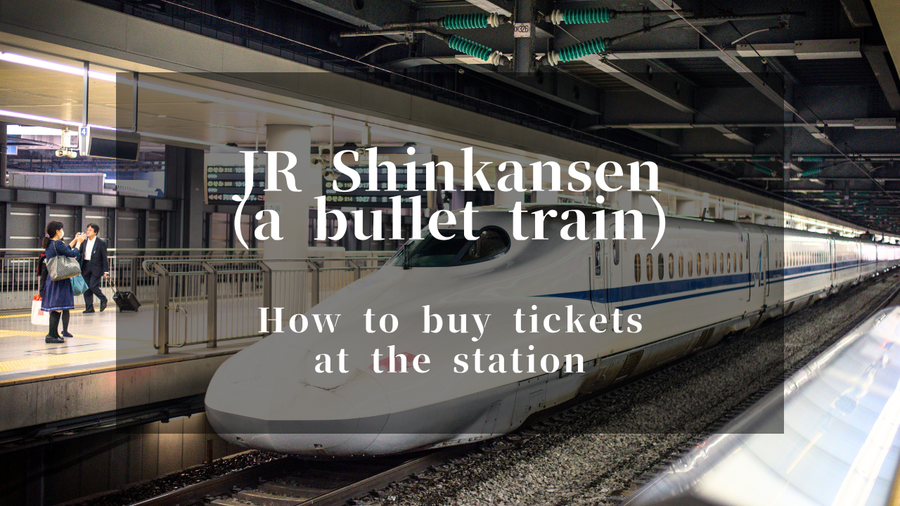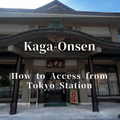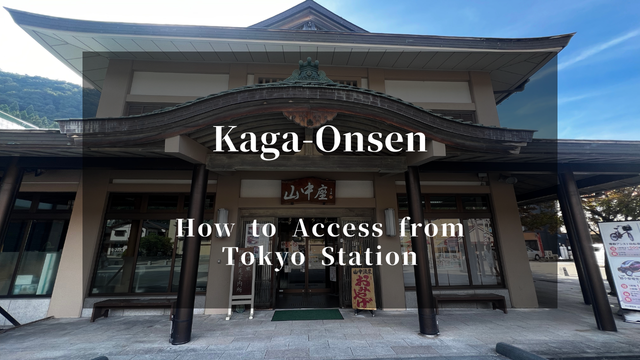If you're in Japan, taking the train is unavoidable. You might be wondering, "How do I take the train?" or "How do I buy tickets?" Don't worry, this article explains how to purchase tickets and how to take the train for tourists from overseas.
There are four points you should know:
Trains in Japan do not accept contactless payments. You should buy the 'Welcome Suica', a prepaid card for overseas tourists, at the airport.
You can use the 'Welcome Suica' not only on JR trains but also on most subways and private railways.
When taking a train, all you need to do is touch in and out with your "Welcome Suica" at the ticket gate when getting on and off the train.
In addition to the "Welcome Suica", you could also consider purchasing the "Japan Rail Pass" which allows you to take unlimited trains on JR lines. (see the article: Japan Rail Pass: a tourist's best train ticket)
If you're in Japan, you will most likely take the train!
As you know, there are a lot of trains in Japan, from subways to JR (Japan Railways) to private railways. There are some options to take the train in Japan.
JR (Japan Railways Group)
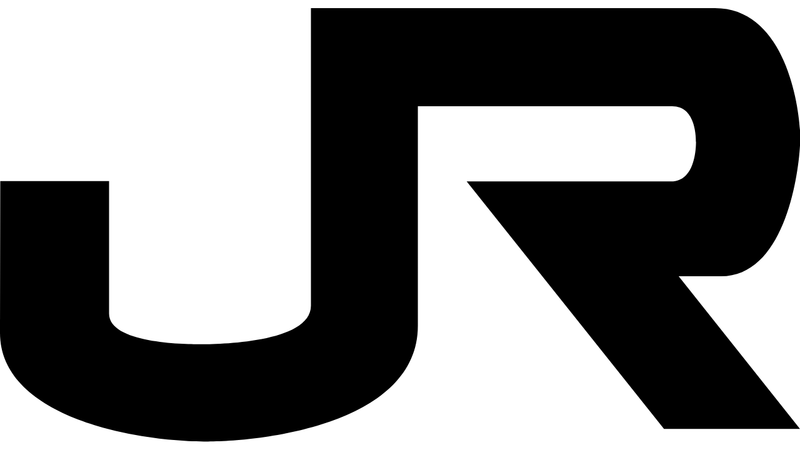
JR (Japan Railways Group) is the largest railway company in Japan. It spans the entire country with regional companies like JR Hokkaido in Hokkaido, JR East in Tokyo, and JR West in the Kansai region. The way to take the train is universal, and IC prepaid cards such as the 'Welcome Suica' (which will be explained later in this article) are commonly used across the various JR regional companies. In addition, the most famous Japanese bullet train, the "Shinkansen", is operated by JR.
JR Hokkaido (Hokkaido Railway Company)
JR East (East Japan Railway Company)
JR Central (Central Japan Railway Company)
JR West (West Japan Railway Company)
JR Shikoku (Shikoku Railway Company)
JR Kyushu (Kyushu Railway Company)
Subways (Underground)
In urban areas, you'll also frequently use subways. They are available in big cities like Tokyo, Osaka, Nagoya, Sapporo, and Kyoto. You can use your IC prepaid card, the "Welcome Suica", on the subway in the same way as on the JR network. Additionally, some subways offer day passes that allow unlimited trips for one day.
Private Railways
Private railways (privately owned companies) cover areas that JR doesn't. They are operated solely by private companies. Like JR and subways, the basics of taking the private railway trains are the same. However, a few private railways in local areas have limited train schedules, sometimes with only one train every 3 hours. They also have limited ticket purchasing options and often accept only cash payments. It is advisable to check these details before you travel.
How to purchase train tickets: The best choices are the "Welcome Suica" and the "Japan Rail Pass"
Tourists from overseas may be confused since there are many types of train tickets. I recommend purchasing the following:
The "Welcome Suica", a prepaid IC card
The "Japan Rail Pass" (JR Pass)
The JR Pass allows unlimited travel on the Japan Railways network. Therefore, you should use the "Japan Rail Pass" on JR lines and the "Welcome Suica" on subways and private railways. This is the cheapest way to travel around Japan.
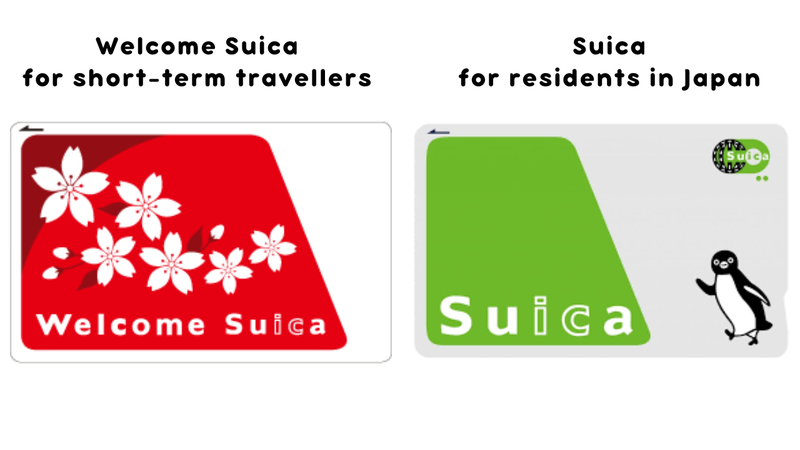
In this article, we will explain how to purchase the "Welcome Suica". As for the "Japan Rail Pass", please see the link below.
The "Welcome Suica" is tailored for tourists from overseas
The "Welcome Suica" is a prepaid IC card designed for tourists from overseas. Much like France's Navigo or the UK's Oyster Card, you can take the train without purchasing a paper ticket in advance. The "Suica" was introduced in 2001. It is accepted on the entire JR network and also on trains provided by private rail companies. This is why Japan has not adopted contactless credit card payments.
The major benefits of using the "Welcome Suica" are the following:
One-Touch Access: You just tap the card on a card reader at the ticket gate. No need to buy a paper train ticket or register your destination in advance.
Accepted at Convenience Stores and Supermarkets: You can also use these in the same way as a credit card at certain retail outlets.
Top Up: You can top up these cards at ticket vending machines using cash only (credit cards are not accepted at the ticket vending machine).
The difference between the "Welcome Suica" and the "Suica"
In Japan, there are two IC prepaid cards with similar names, the "Welcome Suica" and the "Suica". The one you should buy is the "Welcome Suica".
The "Welcome Suica" is tailored for short-term visitors to Japan from overseas. You don't need to put down any deposit while the "Suica" requires 500 yen. You just need to top up as much as you need. The "Welcome Suica" is valid for 28 days from the purchase date. You cannot get a refund, so you need to use any money deposited during your stay in Japan.
Feature | Welcome Suica | Suica |
|---|---|---|
Deposit | No Deposit | 500 yen |
Validity | 28 days | Indefinite |
Refundable | No | Yes |
There is also an app called the "Mobile Suica". This was originally designed for residents in Japan but is now available to tourists from overseas, provided that they have an iPhone and either a Mastercard or AMEX. Without these, it is not possible to have the "Mobile Suica".
Where to buy the "Welcome Suica"
You can buy the "Welcome Suica" at the following JR ticket offices:
JR East Travel Service Center at Narita Airport all terminals
Tokyo Monorail station at Haneda Airport Terminal 3
Welcome Suica vending machines at Narita Airport all terminals
Tokyo Monorail stations at Haneda Airport Terminal 2 and 3
The guide to taking the train in Japan
Here, we will explain how to get on the train in Japan.
Ticket Gates
There are different rules for ticket gates depending on the country. In Japan, you always have to go through the ticket gate when entering and exiting the station. Why? Because your fare depends on the distance you've travelled, not the number of trips or the time spent travelling.
Heads up: if your "Welcome Suica" hasn't been tapped properly, alarms will go off at the ticket gate. Not to worry, though. Just explain the situation to a nearby member of staff. You won't be fined, but you will be charged the correct fare.
Heading to the Platform
After passing the ticket gate, locate your line and platform number. Once you've got it, follow the signs and use the stairs or escalators to get there. When the train arrives, the doors will open. Please allow passengers to get off before getting on.
Be careful: One-man operation train
Exploring the countryside? In rural areas, you may see the one-man operation train. These trains only have a driver, no conductor. Often, only the front door of the first coach opens. Also, some one-man operation trains don't accept IC prepaid cards. So it is advisable to always have some cash with you.


